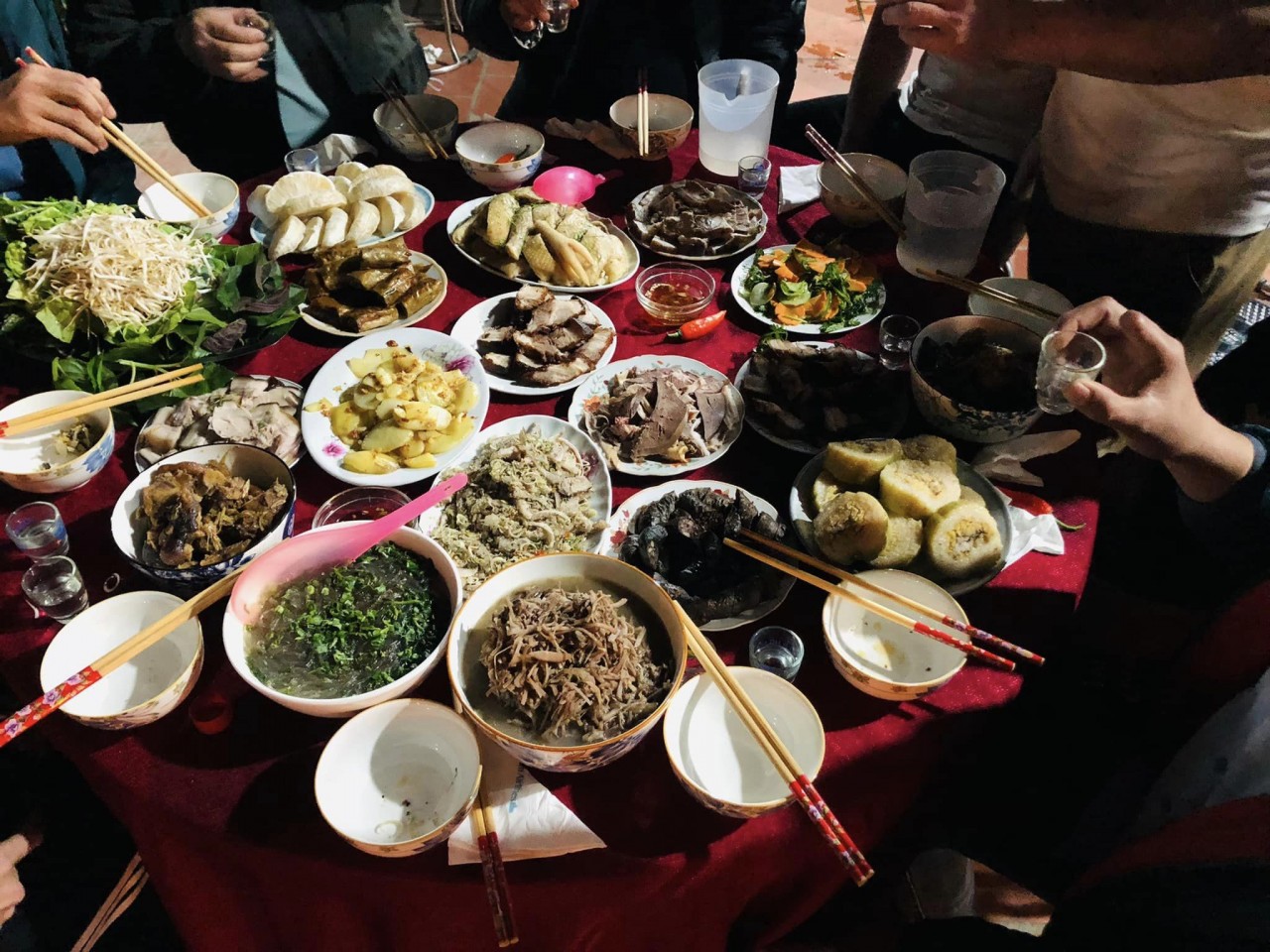How To Buy Fragrance And Perfum Online Without Having To Smell
Ancient texts and archaeological excavations show the use of perfumes in some of the earliest human civilizations. Modern perfumery began in the late 19th century with the commercial synthesis of aroma compounds such as vanillin or coumarin, which allowed for the composition of perfumes with smells previously unattainable solely from natural aromatics.
Given fragrance’s intrinsic relationship with our sense of smell, it might seem odd to even contemplate buying a bottle of eau de toilette without having a sniff first. But in the same way that we now buy clothes without trying them on, an increasing number of us are buying our fragrances online without ever having sampled them.
Having an understanding of the fragrance families, for instance, will really help you gauge which type of fragrance you are naturally drawn to, making purchasing online while nose blinds a lot easier, according to GQ magazine.
1. Do your research
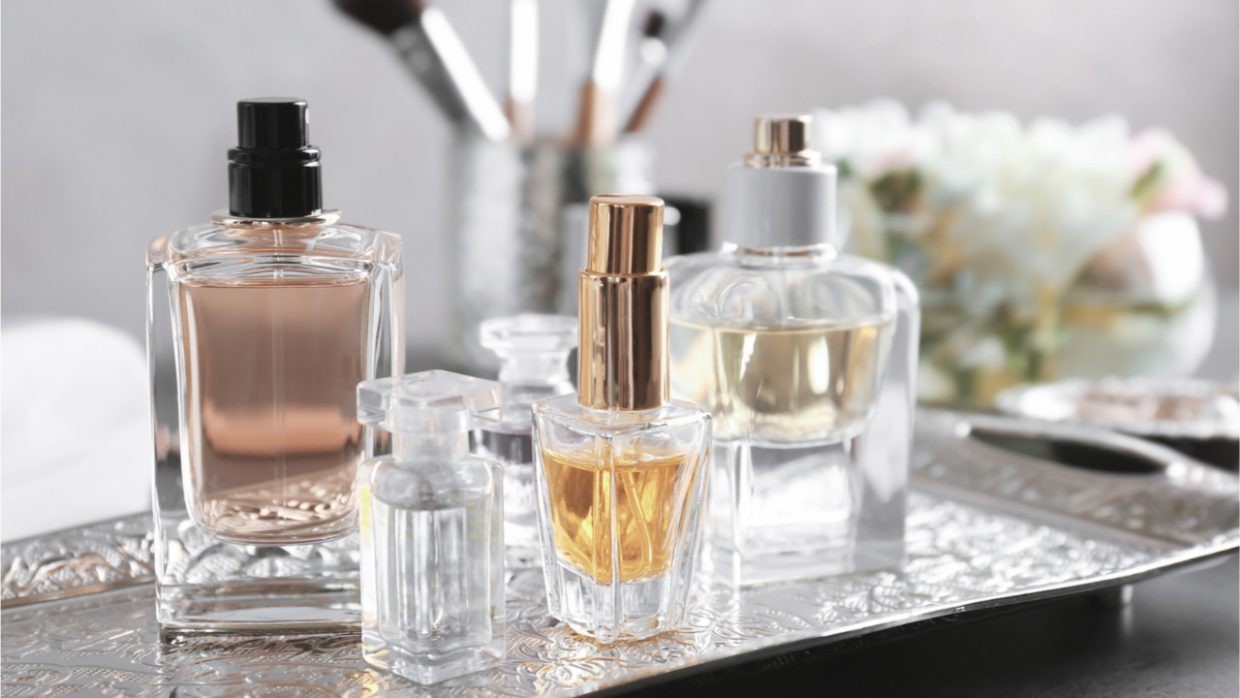 |
| Photo: Shutterstock |
According to GE Capital Retail Bank, a whopping 81 percent of us research a product online before purchasing it. And buying a fragrance is no different from buying a plasma screen TV or a set of golf clubs: it’s simply a case of arming yourself with as much information as possible before ultimately clicking the ‘Buy Now’ button.
“To make things easier, begin by making a note of what you’ve worn in the past and take inspiration from that,” says Emma Leslie, Editor of Escentual.com. “Use online fragrance resources such as Fragrantica.com and Basenotes.net to find out which notes (like sandalwood, pink pepper, and amber) feature in your favorite fragrances, and use that information when you’re researching your next scent.”
As with anything you can buy online, it’s always worth checking out what real people are saying about your potential purchase too. “There are some great fragrance blogs and websites out there that offer honest reviews,” says Chris Beastall of men’s grooming blog Ape to Gentleman. Worth a look are Persolaise, The Candy Perfume Boy, and Now Smell This.
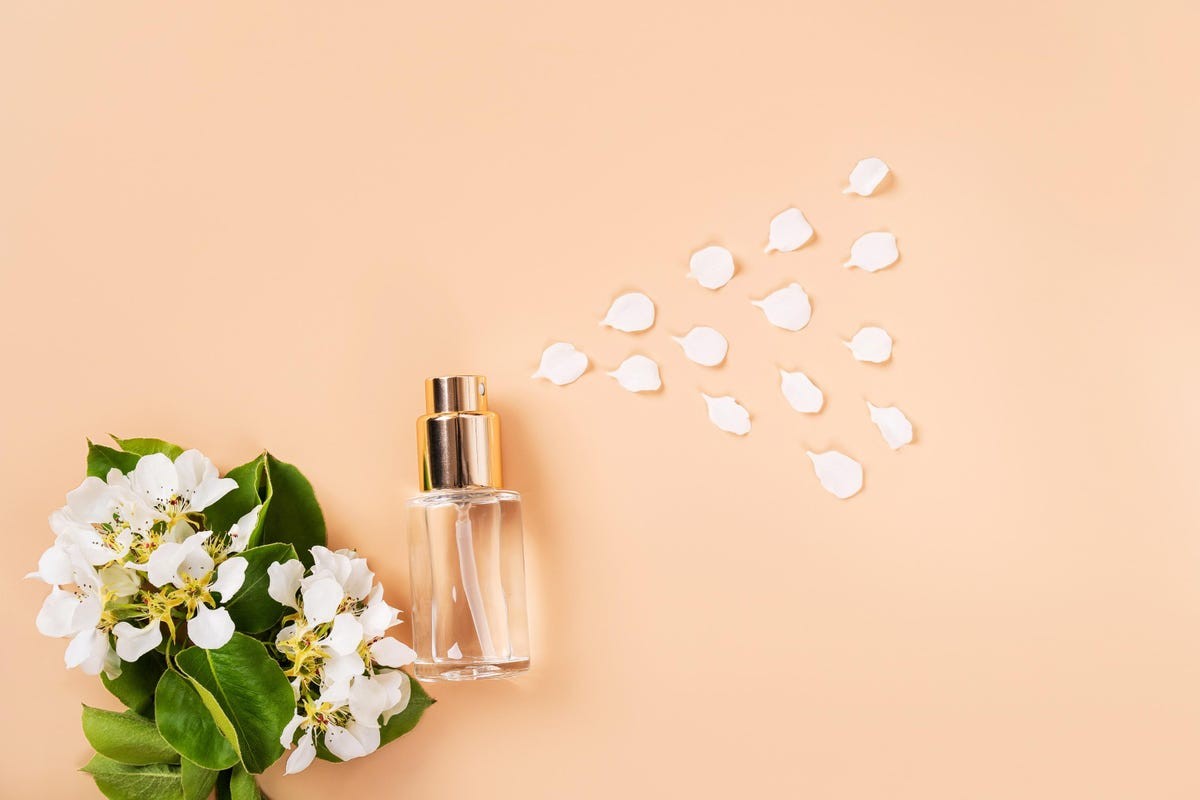 |
| Photo: Getty Images |
Brian Jeong, co-founder and CEO of Hawthorne, explains. “If you are brand-new to fragrances, think about the other distinctive smells that you enjoy in your life, especially ones in products you use on your body. The coconut shampoo at your gym? Your fresh and green body wash? The soft and mineral smell of your clothes after laundry? Even the tobacco in the cigarette that you smoke? These can all serve as a great starting point to finding your ideal scent. Search for fragrances with those notes like the ones you love in your other products.”
If you’ve found a scent or a note you’d like to use as your starting point, like pine or leather, (for me, it’s always coffee), there are a few online resources that will show you fragrances that include that particular note. “You can look up the category and primary notes on sites like Fragrantica.com or Basenotes.com and then hunt for new scents in those similar categories,” Mr. Jeong said. Resources like this can be invaluable when discovering what notes you are drawn to and finding other scents that include them.
2. How to decode the most common fragrance families
Traditional
The traditional classification which emerged around 1900 comprised the following categories:
• Single Floral: Fragrances that are dominated by a scent from one particular flower; in French called a soliflore.
• Floral Bouquet: Containing the combination of several flowers in ascent.
• Ambery: A large fragrance class featuring the scents of vanilla and animal scents together with flowers and woods. Can be enhanced by camphorous oils and incense resins.
• Woody: Fragrances that are dominated by woody scents, typically of sandalwood and cedar. Patchouli, with its camphoraceous smell, is commonly found in these perfumes.
• Leather: A family of fragrances which features the scents of honey, tobacco, wood, and wood tars in its middle or base notes and a scent that alludes to leather.
• Chypre: Meaning cyprus in French, this includes fragrances built on a similar accord consisting of bergamot, oakmoss, patchouli, and labdanum. This family of fragrances is named after a perfume by Francois Coty. Pronounced: sheep-ra
• Fougère: Meaning fern in French, built on a base of lavender, coumarin, and oakmoss. Many men's fragrances belong to this family of fragrances, which is characterized by its sharp herbaceous and woody scent. Pronounced: foozh-air
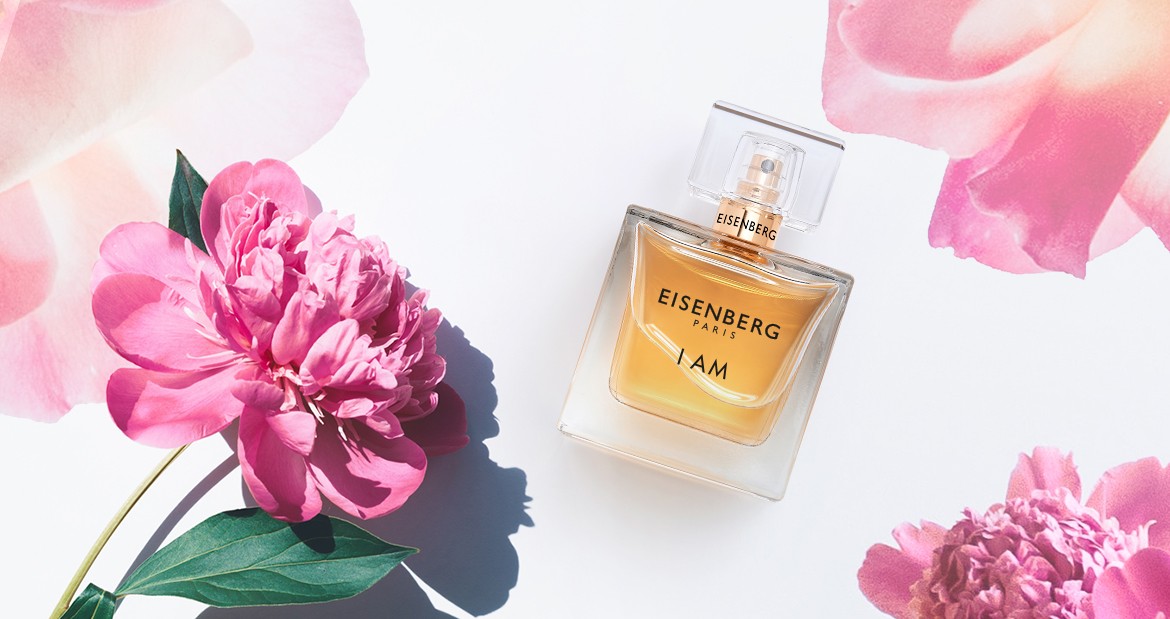 |
| Photo: EISENBERG Paris |
Modern
Since 1945, due to great advances in the technology of perfume creation such as compound design and synthesis as well as the natural development of styles and tastes; new categories have emerged to describe modern scents:
• Bright Floral: combining the traditional Single Floral and Floral Bouquet categories.
• Green: a lighter and more modern interpretation of the Chypre type.
• Oceanic/Ozone: the newest category in perfume history, appearing in 1991. A very clean, modern smell leads to many of the modern androgynous perfumes.
• Citrus or Fruity: An old fragrance family that until recently consisted mainly of "freshening" eau de colognes due to the low tenacity of citrus scents. The development of newer fragrance compounds has allowed for the creation of primarily citrus fragrances.
• Gourmand: scents with "edible" or "dessert"-like qualities. These often contain notes like vanilla and tonka bean, as well as synthetic components designed to resemble food flavors.
3. Know your colors
While the object and scent association is just one of the dimensions of colour psychology in perfumes, there are other colour associations that individuals have with fragrances. Red, for example, is the colour of one of the rose species, the colour of blood, and also, the ‘colour of fire’. Perhaps no one would be really interested in a fragrance that smells like blood, despite the fact that blood is a symbol of life. Fire, on the other hand, can be a symbol of vitality, energy, passion and determination – all of which are desirable traits in an individual. In this regard, a fragrance meant to appeal to consumers whose personality resonates with these personality traits may opt to use the red colour in their packaging.
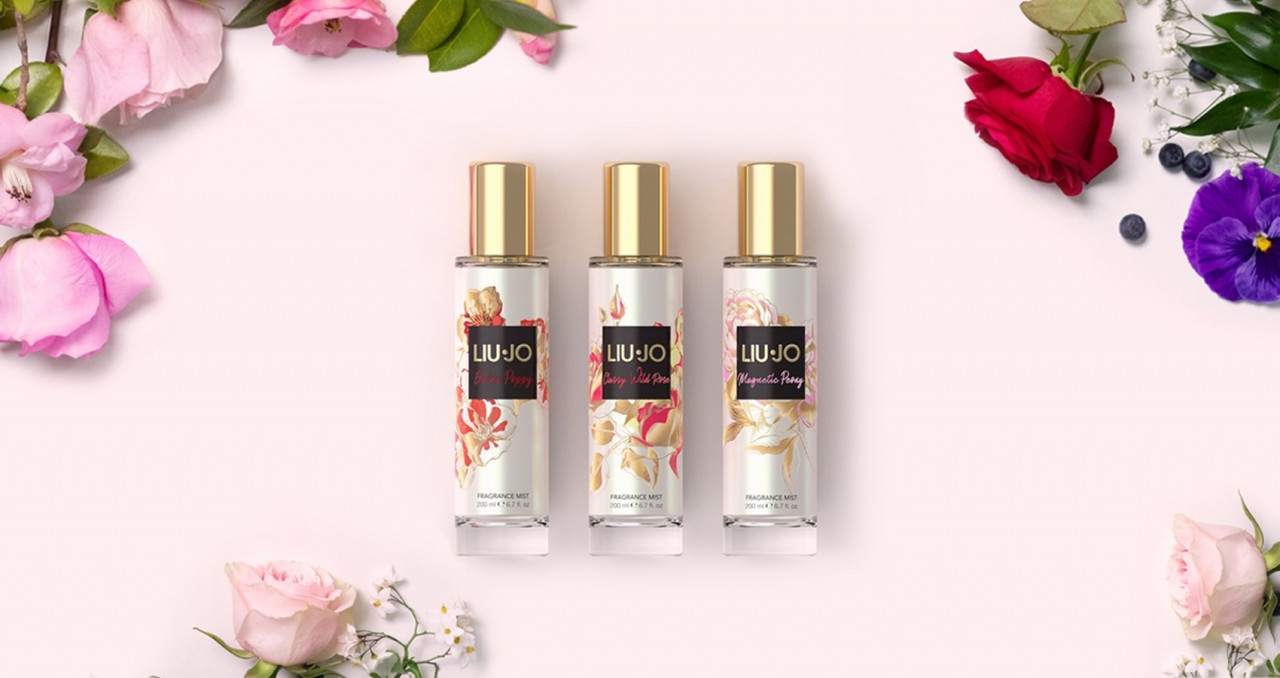 |
| Photo: Desire Fragrances |
Similarly, the colour blue is commonly associated with the sky, and also with water bodies such as seas and oceans. Water is a cleansing element, also associated with coolness and freshness. People go for a swim when the weather is hot, for the refreshment it brings from the heat of the day. Similarly, people also tend to take a cool shower after a stretch of strenuous physical activity such as sports, and typically wear fragrances that resonate with the feeling of freshness and coolness that follows such activity. In this regard, a lot of sporting gear is branded in blue, and similarly so, fragrances that are targeted towards physically active people also tend to come in blue coloured packaging. Blue coloured fragrances, then, tend to be more associated with summer or day use, whereas the red, energetic and fiery-passionate coloured fragrances are more for night use, according to Al Haramain.
In the above examples, the colours used to communicate the fragrance have little to do with how the fragrance actually smells, but more to do with the social appeal and usage occasions of the fragrances. In these cases, the fragrance marketer may be trying to say, “If you are an active person, you need this kind of fragrance for the event” rather than saying “the scent of this fragrance smells like water / the sea”
4. Stick with what you know
If you’re still nervous about ending up with something at the opposite end of the spectrum of what you usually like, then stay inside your olfactory comfort zone by sticking with a brand you love.
Most of Paco Rabanne’s men’s fragrances, for example, are linked by the inclusion of musk and/or amber in their base notes – two notes that originated in their signature 1973 fragrance, Pour Homme.
5. Find some “Flankers”
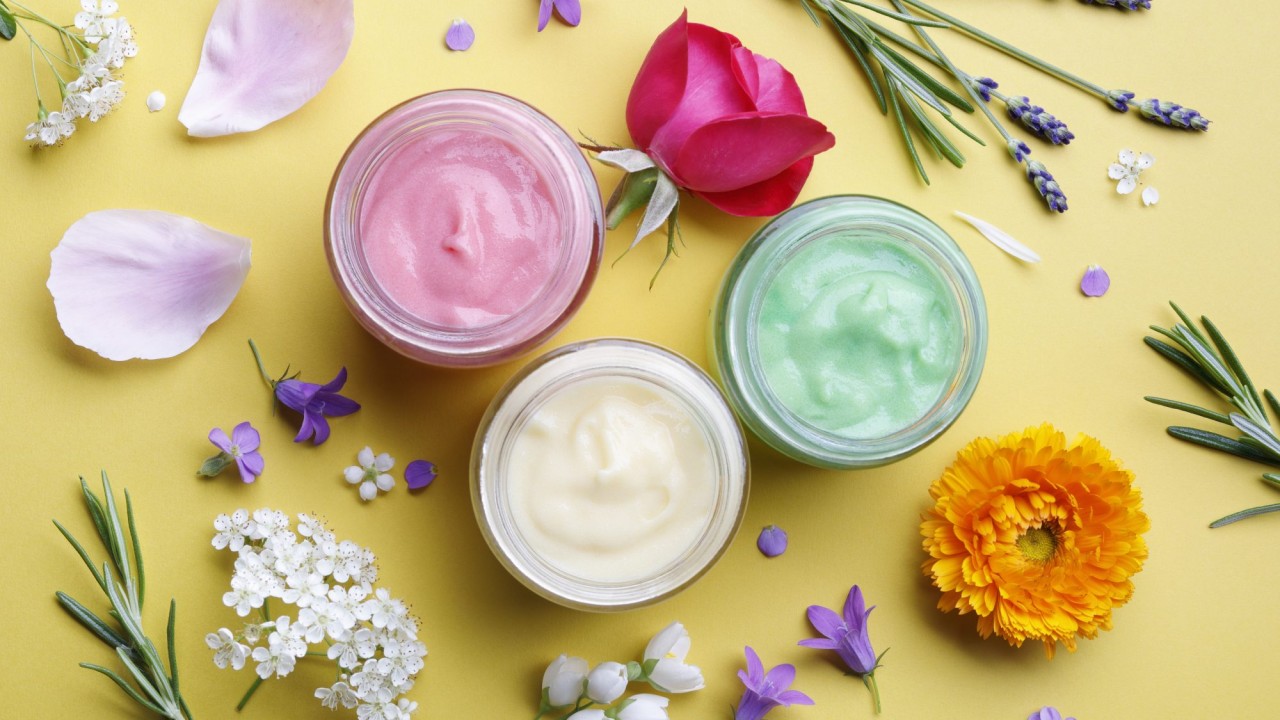 |
| Photo: Real Simple |
Have a signature fragrance you’ve loved for years but find yourself bored of it now? Then why not try a variant or ‘flanker’ of that fragrance?
In the same way a house DJ might reassemble the elements of your favourite floor-filler to create a whole new sound, perfumers are often drafted in to play with the notes of existing fragrances – emphasising some, playing down others and occasionally adding brand new ones – to breathe new life into the original.
The good thing about these variants is that they retain the essence of the original, so if you like Dior Homme you’re probably going to like Dior Homme Intense (deeper and richer with a bigger emphasis on the floral and musky notes) and Dior Homme Eau For Men, which is lighter and fresher. Both are recognisably ‘Dior Homme’, though, making them sure-fire bets if you’re buying blind, according to Fashionbeans.
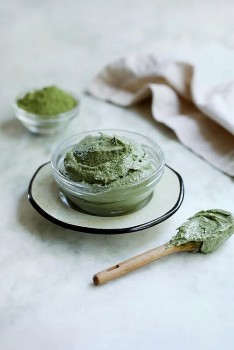 | Useful Recipes: How To Safely Make Your Own DIY Masks At Home Face masks made from natural and homemade ingredients bring many benefits to your skin. They are completely safe, and also easy to make at home ... |
 | For A Safe And Comfortable Road Trip Road trip travel is an amazing experience for adventurous people, but it also requires some skills to avoid mistakes and potential dangers that beginners can ... |
 | How to Discover Your Hidden Talents Easily and Quickly Discovering what you are naturally good at can be challenging, but by following these steps, you can make the process of finding your hidden talents ... |
Recommended
 Handbook
Handbook
Vietnam Moves Up 8 Places In World Happiness Index
 Handbook
Handbook
Travelling Vietnam Through French Artist's Children Book
 Multimedia
Multimedia
Vietnamese Turmeric Fish among Best Asian Dishes: TasteAtlas
 Handbook
Handbook
From Lost to Found: German Tourist Thanks Vietnamese Police for Returning His Bag
 Handbook
Handbook
Prediction and Resolution for the Disasters of Humanity
 Handbook
Handbook
16 French Films To Be Shown For Free During Tet Holiday In Vietnam
 Handbook
Handbook
Unique Cultural and Religious Activities to Welcome Year of the Snake
 Handbook
Handbook


